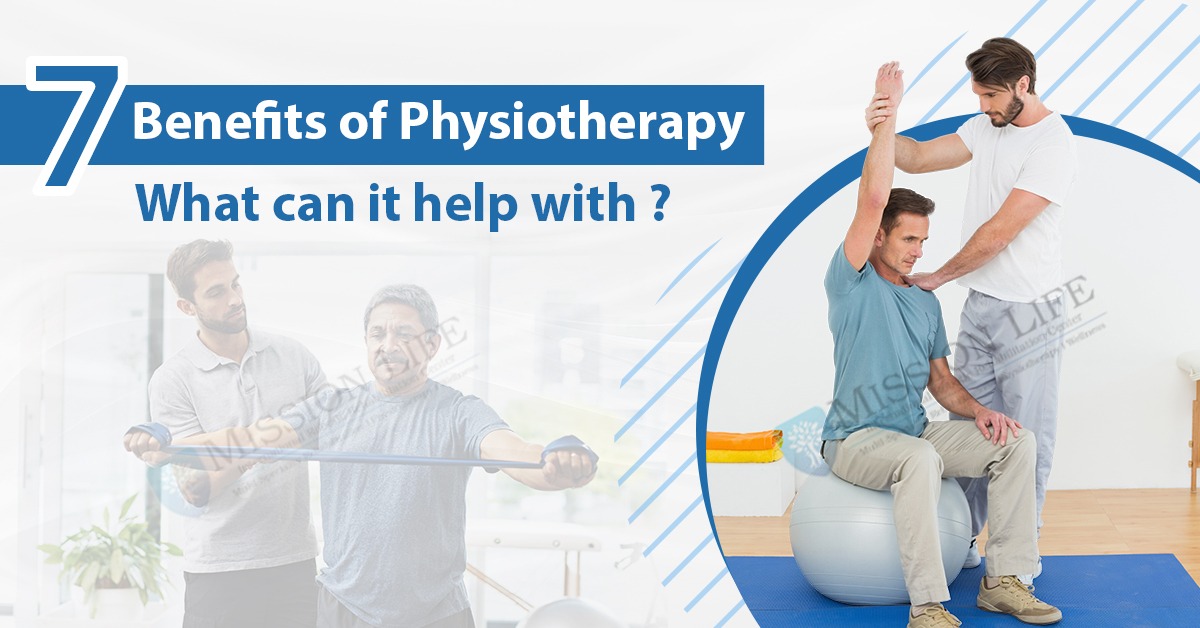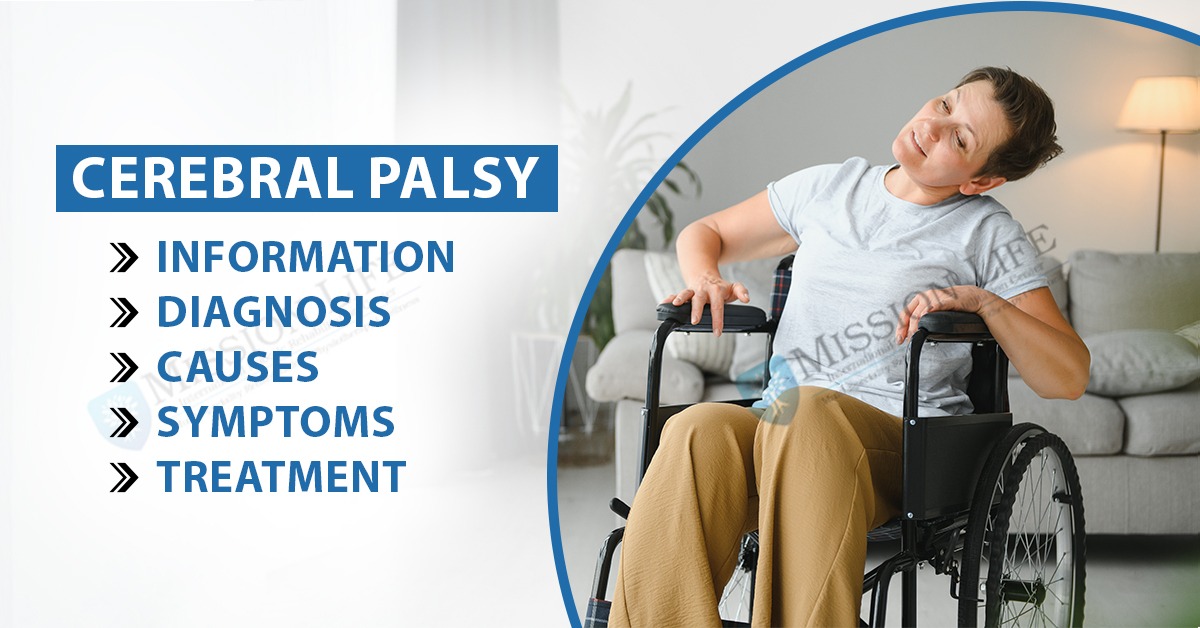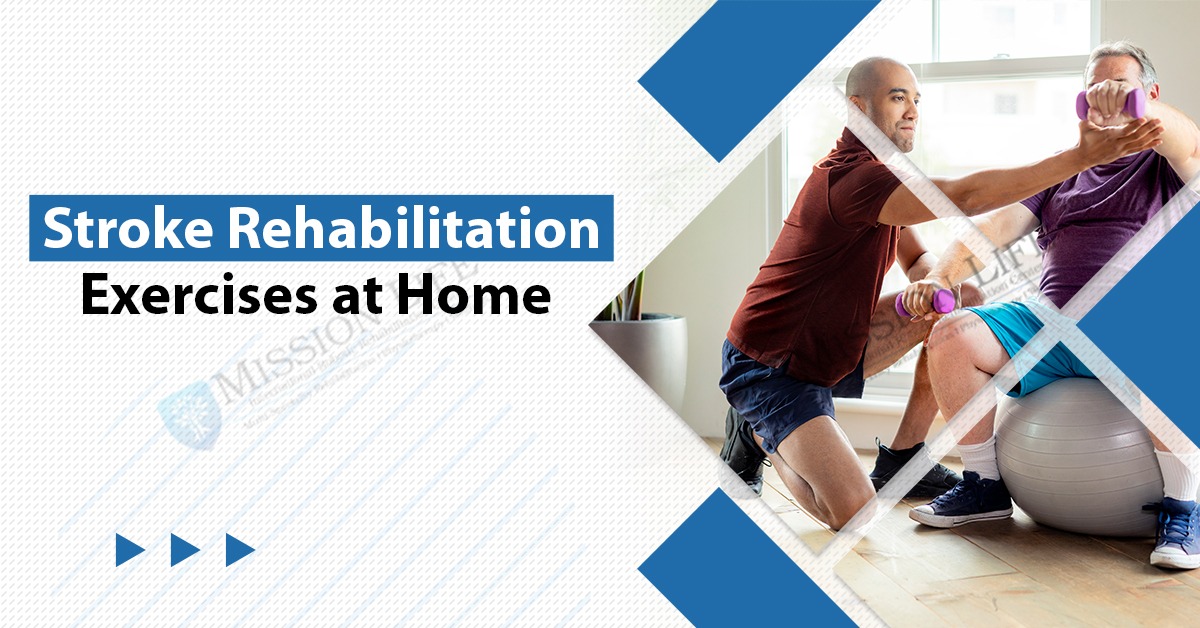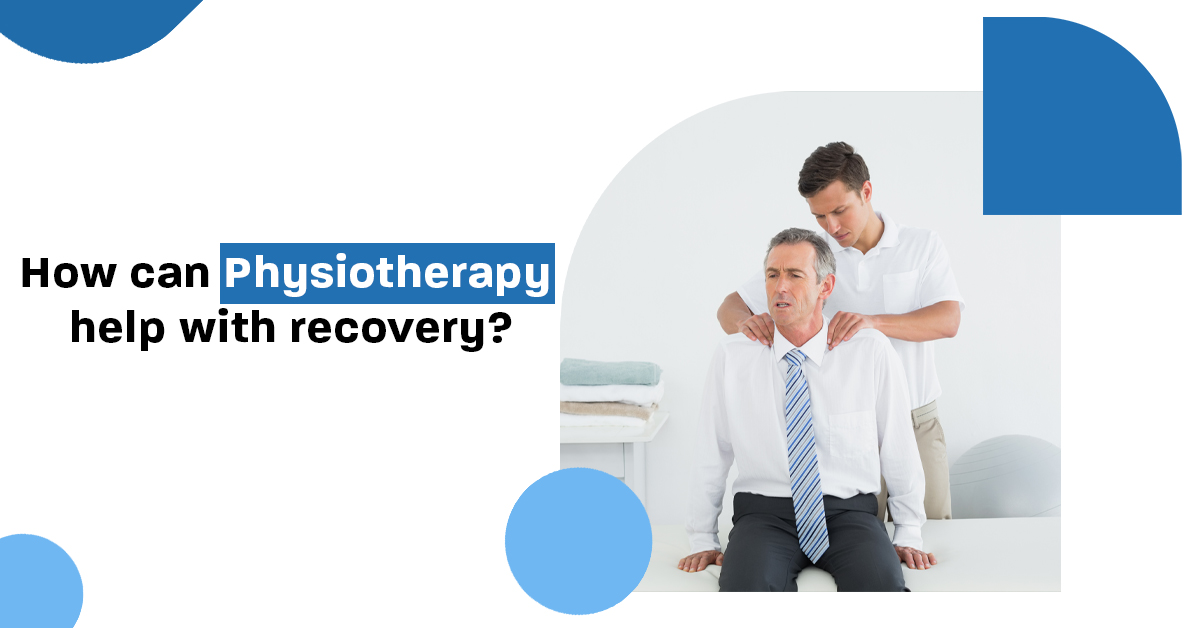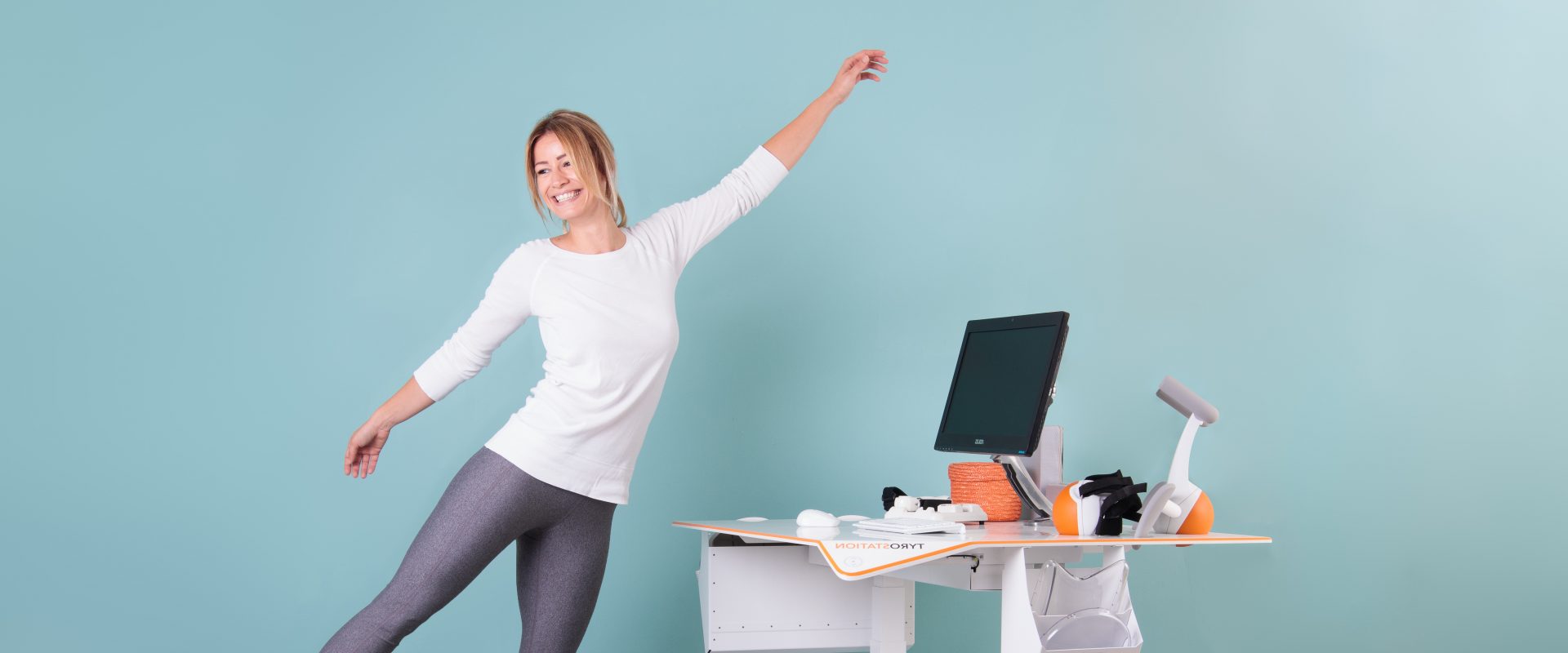
Robotics in Rehabilitation- An Advanced Approach
World is changing every moment and technological development has measured miles. Man has today reached till Mars and no target is unachievable today. A major mark of technical development has been robotics. Instrumentation of first robot was a breakthrough in the history of engineering. Then robotics started to become a common component of life. Robotics started to spread itself to medical procedures including drug administration, surgeries and rehabilitation. Now for over 25 years, personal assistant robots for severely disabled individuals have been in development. Collaborative research and development efforts in the area of rehabilitation robotics were initiated in 1978 between the Department of Veterans Affairs (VA) Palo Alto Health Care System and the School of Engineering at Stanford University. In that era, the dominant philosophy was to attempt to replace lost or impaired anatomy. This approach required trade-offs among size, weight, power, and complexity of robotic manipulators, thus limiting their functional performance. An important driving force behind the evolution of design goals came from the patients at the nearby VA Spinal Cord Injury Service who were involved very early in the development process. Extended field trials with single users and multi-site clinical trials were eventually carried out. As five generations of robotic systems were developed and tested, the focus evolved following the expressed needs of the users. The robots became interactive and acquired capabilities that extended well beyond assistance in daily activities. Stroke (commonly associated with paralysis of any body part) is a common cause of significant residual physical, cognitive, and psychological impairment. As the geriatric population increases and more effective therapies for acute stroke management emerge, there will be more survivors living with disabilities. There has also been a trend toward more moderately affected survivors, which has increased the demand for stroke rehabilitation in an era of health care cost containment. Efforts to prevent stroke must, therefore, be balanced with pragmatic efforts to prevent disability and maximize quality of life for stroke survivors. Stroke may leave you with residual paralysis of either upper limb or lower limb or both upper and lower limb, and may also be associated with paralysis of face.
The robot-assisted rehabilitation of the upper limb in the acute and subacute post-stroke phases may be successfully used in alternative to conventional mobilization, resulting at least as effective as conventional therapy, especially when used in addition to non-robotic techniques.
The available scientific literature suggests that the most effective rehabilitative interventions are those providing early, intensive, task-specific, and multisensory stimulation. The well-known capacity of the central nervous system to adapt its structural organization after brain lesion is mainly influenced by sensory input, experience, and learning.
However, robotic rehabilitation is not merely a matter of increasing the amount and intensity of therapy. In fact, robotic systems may be used not only to produce simple and repetitive stereotyped movement patterns, as well as for most of the existing devices, but also to generate a more complex, controlled multisensory stimulation of the patient. It seems that rehabilitation technology impact on functional outcome could be optimized offering more chances to the nervous system to experience “real” activity-related input during training of arm movement. In this way, a higher level of interaction and stimulation can be produced, with respect to the one usually experienced during a hand-over-hand therapy. Extrinsic feedback can be also offered to the patient, providing knowledge of results and/or of performance during robotic training, thus facilitating the achievement of the goal movement and promoting the enrolment of the subject in the rehabilitation exercise. The improvement in motor performance in stroke patient after upper limb robot-based rehabilitation is a fact and the recent demonstration that a robot-aided rehabilitation program induces brain reorganization which strengthens the employment of such a technology in the rehabilitation program.
Regarding the lower limb, the main rehabilitation goal for patients after stroke is becoming independent in walking. Like for upper limb rehabilitation, for the lower machines are available supporting the gait training. Recently treadmill training, with and without body weight support, was introduced for the rehabilitation of patients after stroke. To restore normal walking pattern, most clinicians prefer a task-specific repetitive approach, and in recent years the better outcomes for stroke patients have been reached with repeated walking programs with growing intensities. However the repetitive execution of complex walk cycles for these patients requires specific devices such as the treadmill, with and without partial body weight support. Nevertheless the treadmill training requires a considerable effort by the therapist to set the paralytic limbs and to control weight shift. This may limit therapy intensity especially in more severely disabled patients. In order to reduce dependence on therapists, automated electromechanical walking machines were developed and were called Gait Machines. Gait machines consist either of an electromechanical solution with two driven foot plates simulating the phases of gait, or of a robot-driven exoskeleton orthotic.
The role of electromechanical devices is that, in contrast with the action of one physical therapist alone, they can provide non-ambulatory patients' intensive, high repetitive, practice of complex walk cycles. Compared to treadmill training with partial body weight support, these robotic devices may reduce the effort for therapists; in fact, they no longer need to set the paralytic limbs or assist trunk movements. However, implementation of physiotherapy with electromechanical-assisted gait training programs in rehabilitation settings may improve walking function after stroke. The use of electromechanical-assisted gait training devices was reported to be safe and well accepted by most patients.
An important potential advantage is that robotic systems can measure several kinematic and dynamic parameters during the motion of the patient's limb, allowing for both online and offline evaluation of relevant indicators of the patient performance (e.g., range of motion, speed, smoothness, etc.). These values can be used to rate the patient's progress more objectively than the clinical evaluation scales. On the other hand, the engineering parameters proposed so far, usually related to the specific robotic hardware employed and/or to the type of exercise implemented, are not suitable as alternative indicators to the traditional evaluation scales.
You Can Also Read:- Cerebral Palsy: Information, Diagnosis, Causes, Symptoms & Treatment
Regarding the lower limb, there is evidence of beneficial effects of electromechanical devices for gait training after stroke, but their relatively high cost limited the diffusion of such devices in the clinical practice. Hence, more evidence about the cost effectiveness of such technology is required, in order to warrant their broad clinical application. Commonly used robotic devices in rehabilitation includes:
Electric actuators
Actuators powered by electric current. They are the most common because they easily provide a relatively high power and are able to store energy. There is a wide selection of commercially available electric actuators; however, some of them are heavy and/or their impedance is too high for rehabilitation settings.
Hydraulic actuators
Actuators powered by hydraulic pressure (usually oil). They are able to generate high forces. Their system is relatively complex considering the maintenance of pressurized oil under pressure to prevent leakage. Commercial hydraulic actuators are also heavy, therefore, only specially designed hydraulic actuators are used in rehabilitation robotics.
Pneumatic actuators
Actuators powered by compressed air. They have lower impedance and weigh less than electric actuators. Special compressors or containers with compressed air are required for power.
Pneumatic Artificial Muscle (PAM, McKibben type actuator)
A special type of pneumatic actuator with an internal bladder surrounded by a braided mesh shell with flexible, but non-extensible threads. Because of their specific design, an actuator under pressure shortens, similarly to the contracting muscle. It is relatively light and exerts force in a single direction. It is difficult to control because of its slow and non-linear dynamic functions.
Series Elastic Actuator (SEA)
A generic name used for a mechanism with an elastic element placed in series with an actuator. This solution is relatively often met in the design of rehabilitation robots. It decreases the inertia and intrinsic impedance of the actuator to allow a more accurate and stable force control and increase patient safety.
Functional Electrical Stimulation (FES)
It is a technique that uses electrical current to activate nerves and contract their innervated muscles. It produces the movement of the limb using natural actuators of the body. However, it is difficult to achieve precise and repeatable movement using this technique and it may be painful for the patient.
An individual’s capacity to move is necessary to perform basic activities of daily living (ADL). Movement disorders significantly reduce a patient’s quality of life. Fortunately, we are blessed with various approaches to restore the functionality of human body. In the field of robotic technologies for rehabilitation we identified currently relevant growing points and areas timely for developing research. Among the growing points there is the development of new easily transportable, wearable devices that could improve rehabilitation also after discharge, in an outpatient or home-based setting. For developing research, efforts are being made to establish the ideal type of treatment, the length and amount of training protocol, and the patient's characteristics to be successfully enrolled to this treatment. But things are really questionable when it comes to its cost-effectiveness in Indian clinical settings, though usage of such devices is quite rampant these days.

